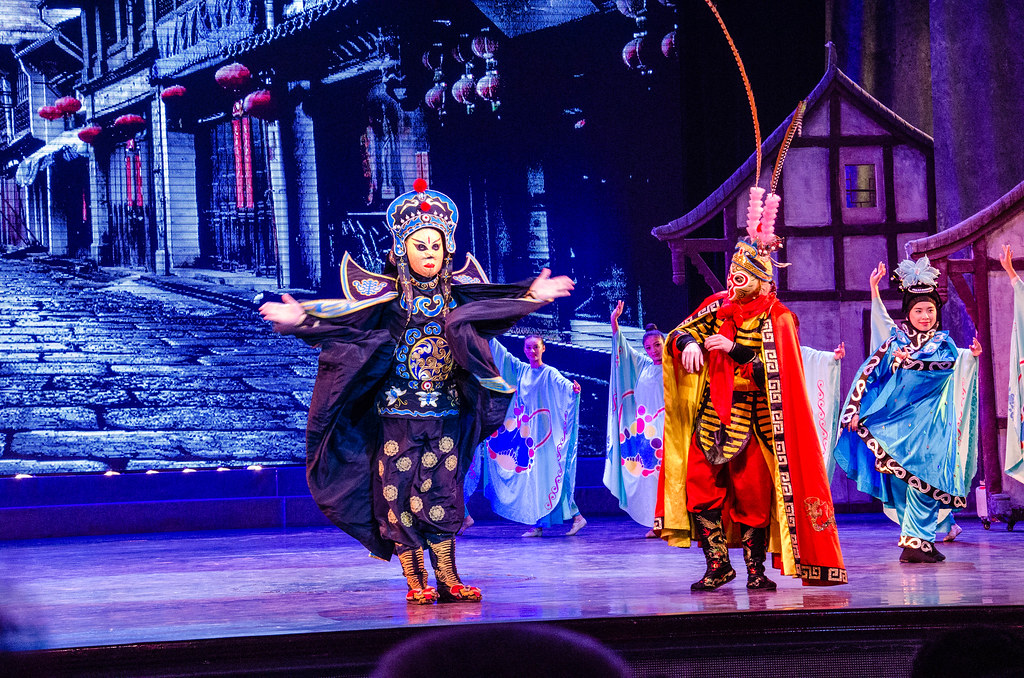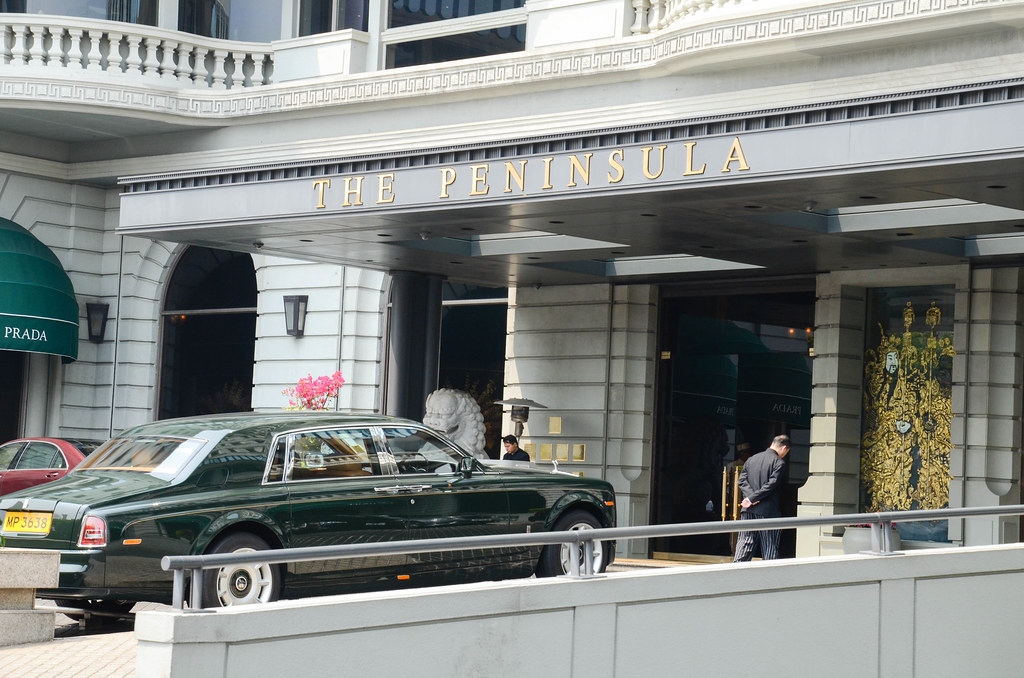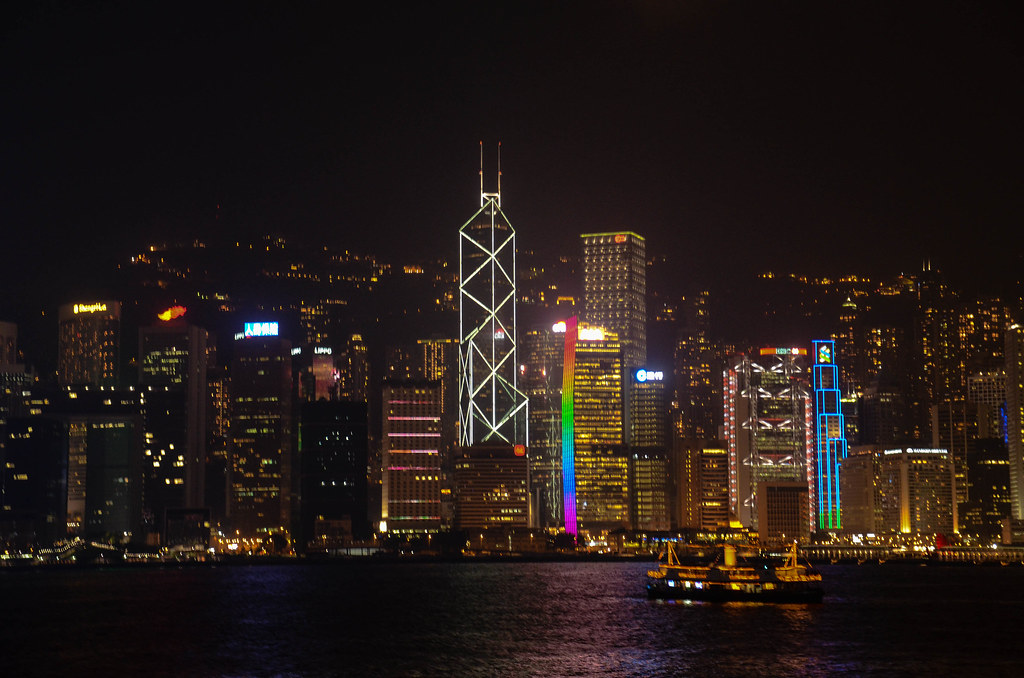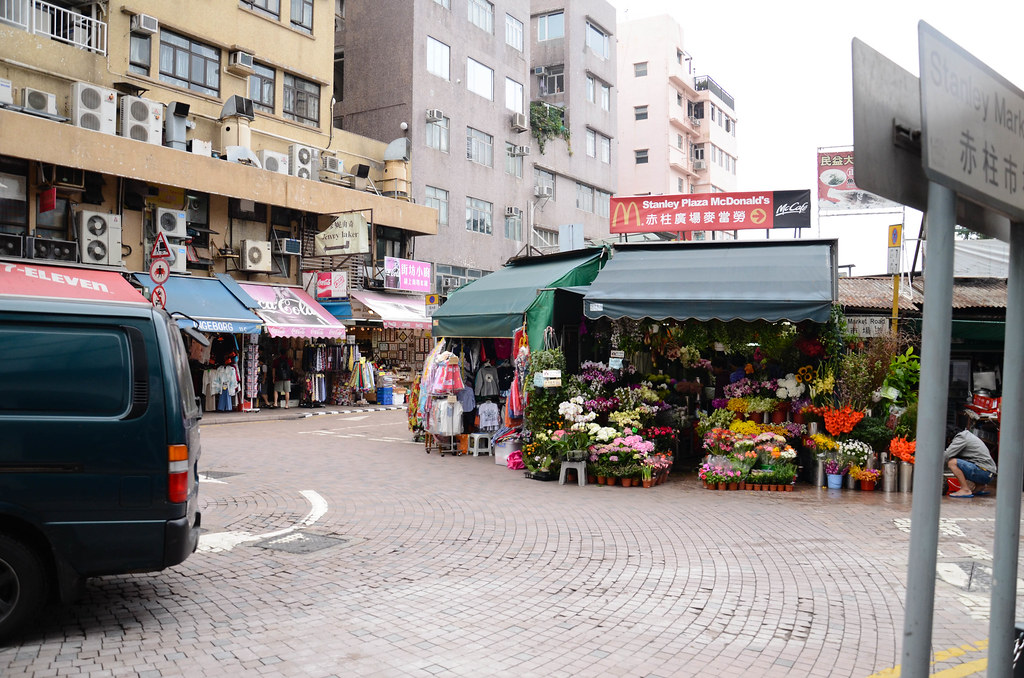I used to have what I thought was an irrational fear of monkeys. Turns out, my aversion wasn't so irrational. While visiting Emei Shan, my college friend was bitten by a wild monkey.
And while his ordeal became a common tale at bars throughout the rest of his stay, I'm pretty sure he would have preferred to leave China without this rather painful memento. So in honor of K and his monkey bitten arm, here are a few tips on how to avoid adding a monkey bite to your medical history.
Don't smile.
Yep, you read the correctly. Monkeys, smart as they are, don't know the difference between showing off your pearly whites for a photo opportunity and baring your teeth as a form of aggression. If a monkey does appear aggressive, avoid eye contact and back away slowly while facing it. Running will only invite the monkey to attack.
Here is K getting waaaay to close to a monkey. And no, this wasn't the one which later bit him.
Don't feed the monkeys.
Sure, it can be tempting to hand the monkey a piece of food when you see dozens of other tourists doing it. It's even kind of cute to watch their little hands fumble over the treats. But it's not a good idea as monkeys can become aggression when food is involved (as K found out). If you still insist on feeding the monkeys, refrain from doing so by hand and place the food on the ground instead.
If the monkey wants it, let him have it.
This was K's mistake. He attempted to feed the monkey (error number 1) and when the monkey appeared disinterested in his offering, K attempted to take the food away to share with another monkey. This was when the monkey bit him, breaking the skin, and sending K on a pilgrimage to multiple doctors which would end with over a thousand U.S. dollars worth of medical bills.
So if the monkey wants it (or maybe even doesn't), let him have it. Apparently the majority of tourists are bitten in situations when the monkey grabs onto something, such as the strap of a camera, jewelry, food, or a water bottle, and the human tries to get it back. If you let the item go, chances are the monkey will drop it after a quick inspection.
Don't touch the monkeys.
Monkeys may climb onto your shoulders. Terrifying, I know. Don't panic and try to remove it. Instead, stay still and allow the monkey to jump off when it’s ready. This is easier said than done because I'm pretty sure I would run away shrieking had one of these little buggers climbed onto me.
So what should you do if you still manage to get bitten by a monkey?
First, remain calm. While monkeys can transmit rabies, Chinese monkeys rarely carry the disease. That being said, get your butt to a clinic pronto. Here, the doctors will ensure that your wound has been properly cleaned in order to avoid infection. They will likely also recommend a course of rabies vaccinations. K was able to visit the clinic located directly on the mountain where he received his first round of rabies vaccinations.
Rabies immunoglobulin, a rather important part of the post bite treatment, is not widely available. When it is available, it’s expensive. We visited the international hospital upon our return to Shanghai, where K was able to get the immunoglobulin shots. Directly into his thighs. Additionally, he had to undergo more shots upon his return to the US as well as screenings for additional diseases like hepatitis and herpes. Not exactly the type of souvenirs he had hoped to bring home from his trip.
In the end, remember that monkeys are wild animals. Sure, they may be used to the droves of humans that frequent their habitat, but that doesn't make them pets. Exercise caution should you encounter one and for the love of God, try not to get bitten.




